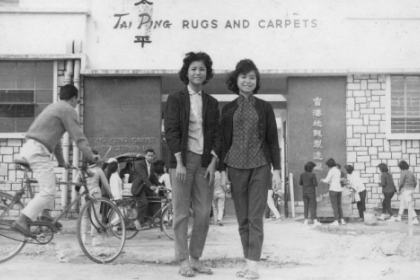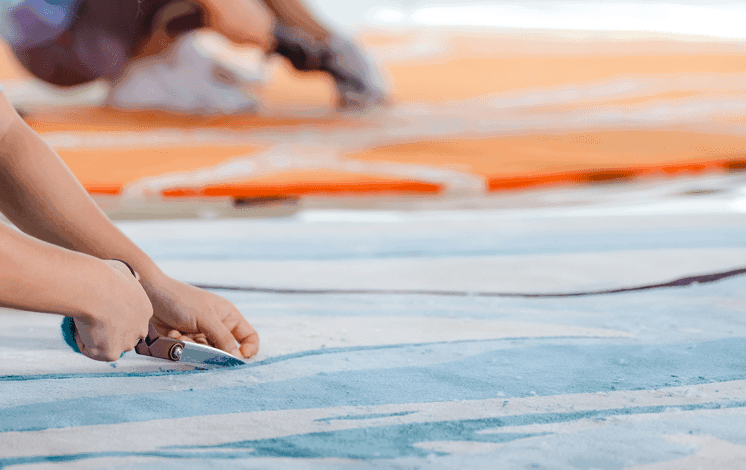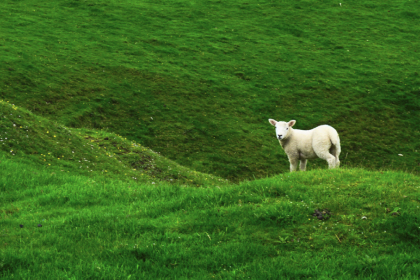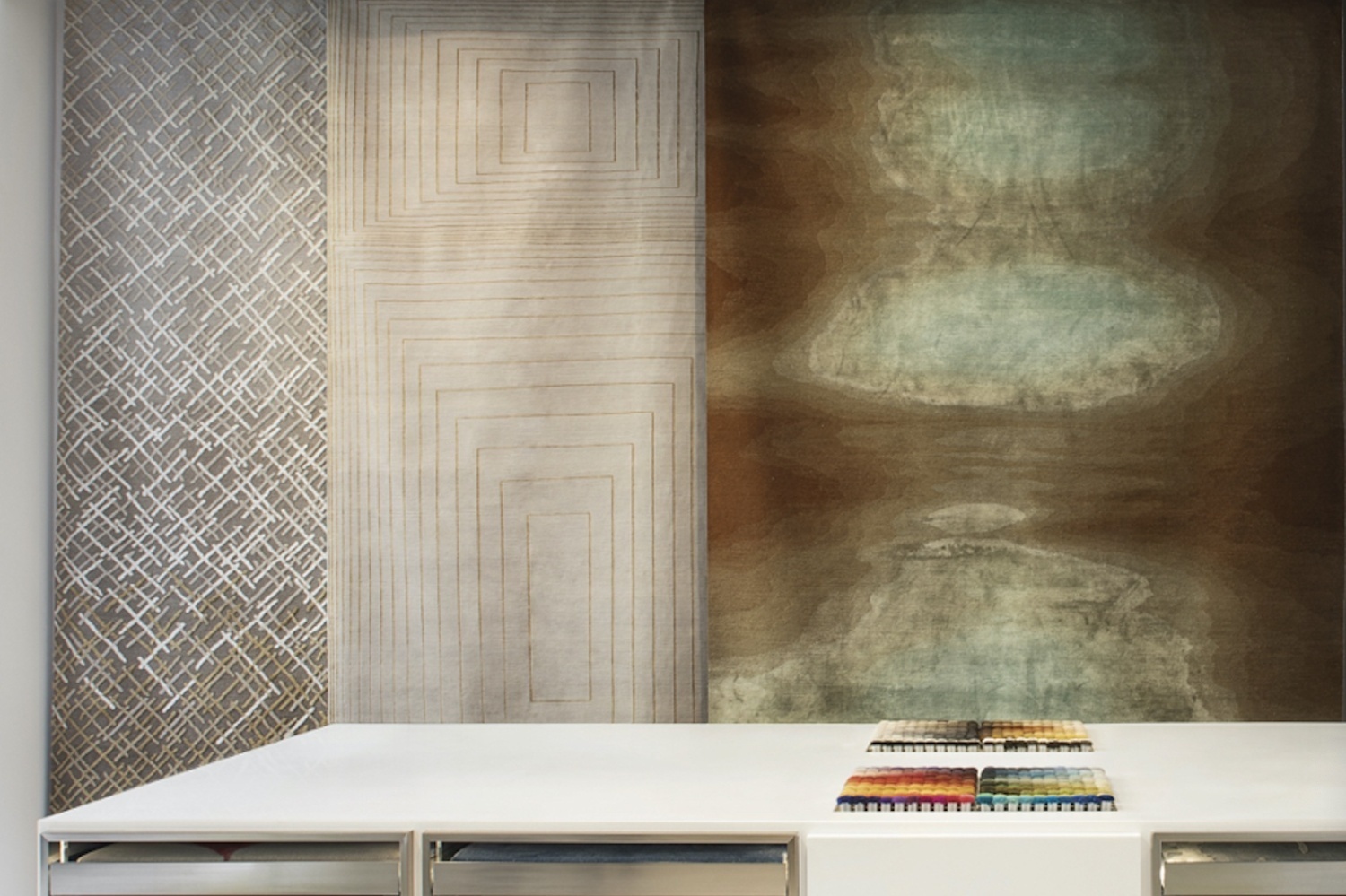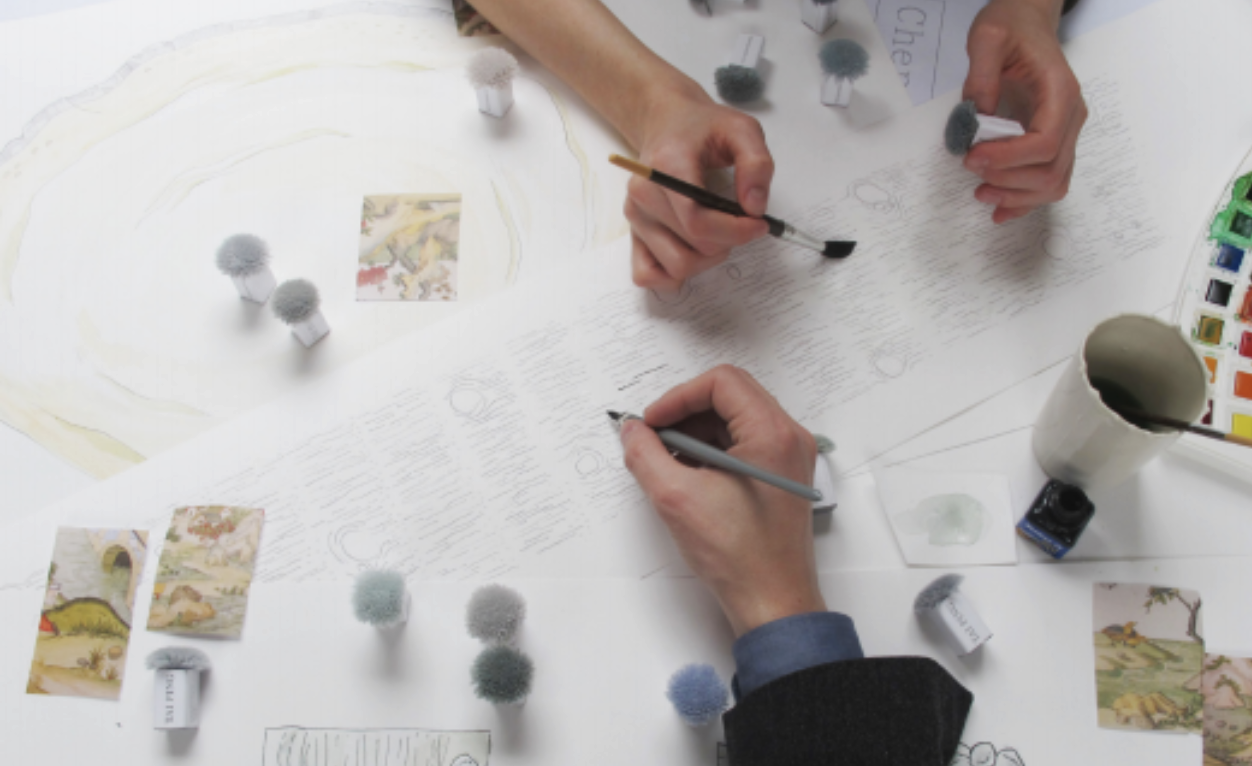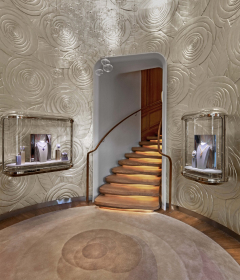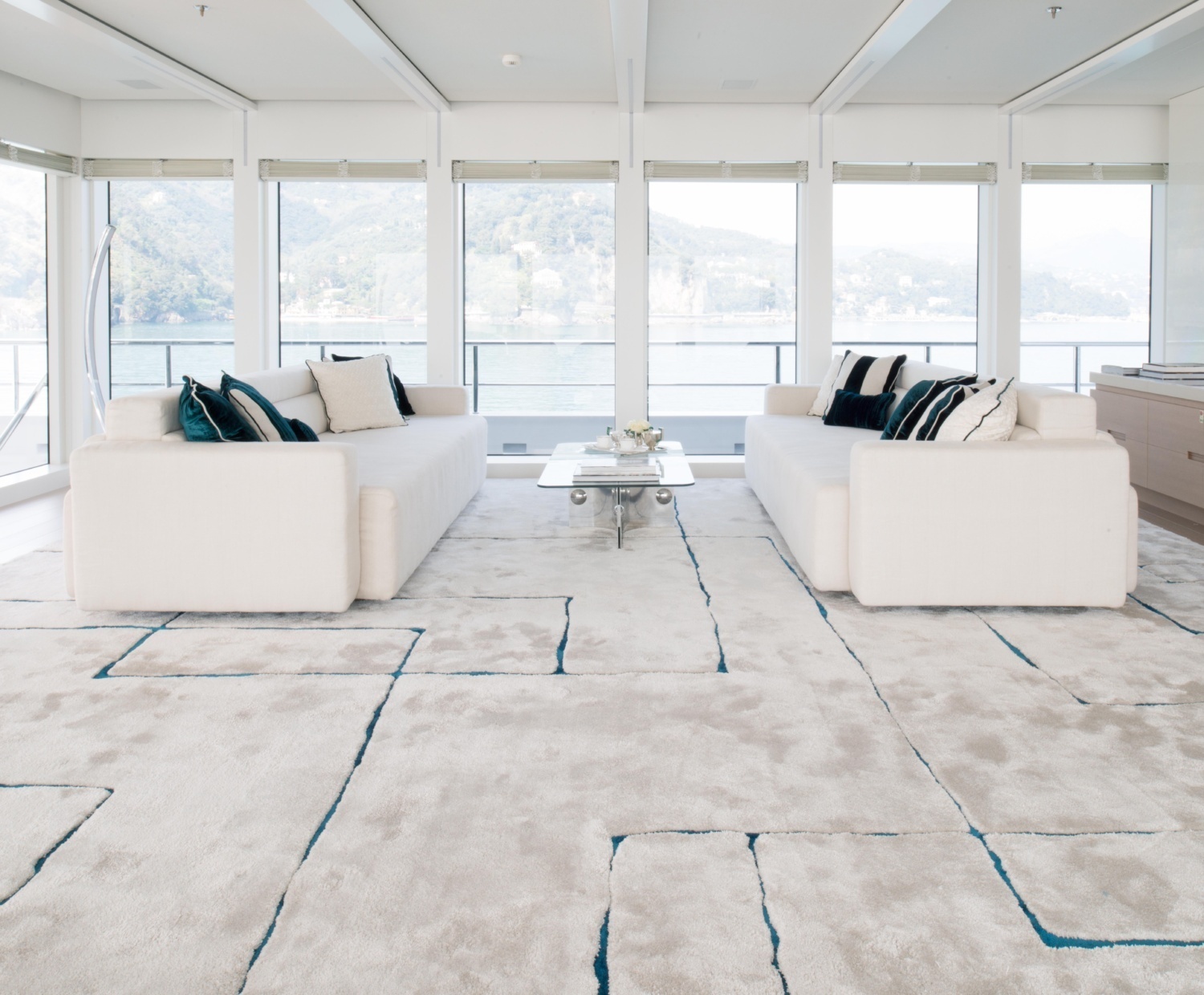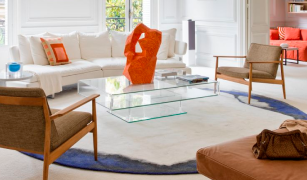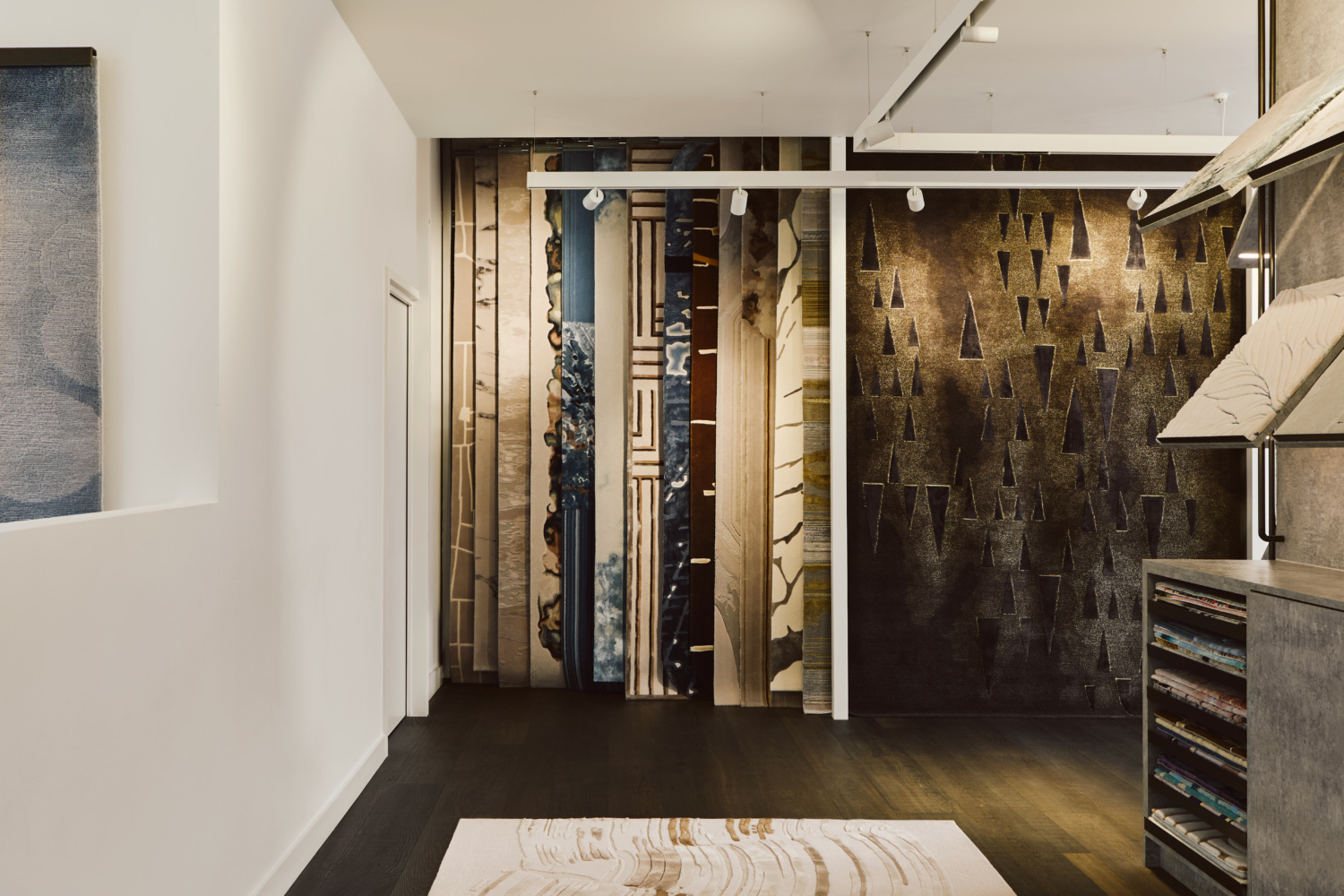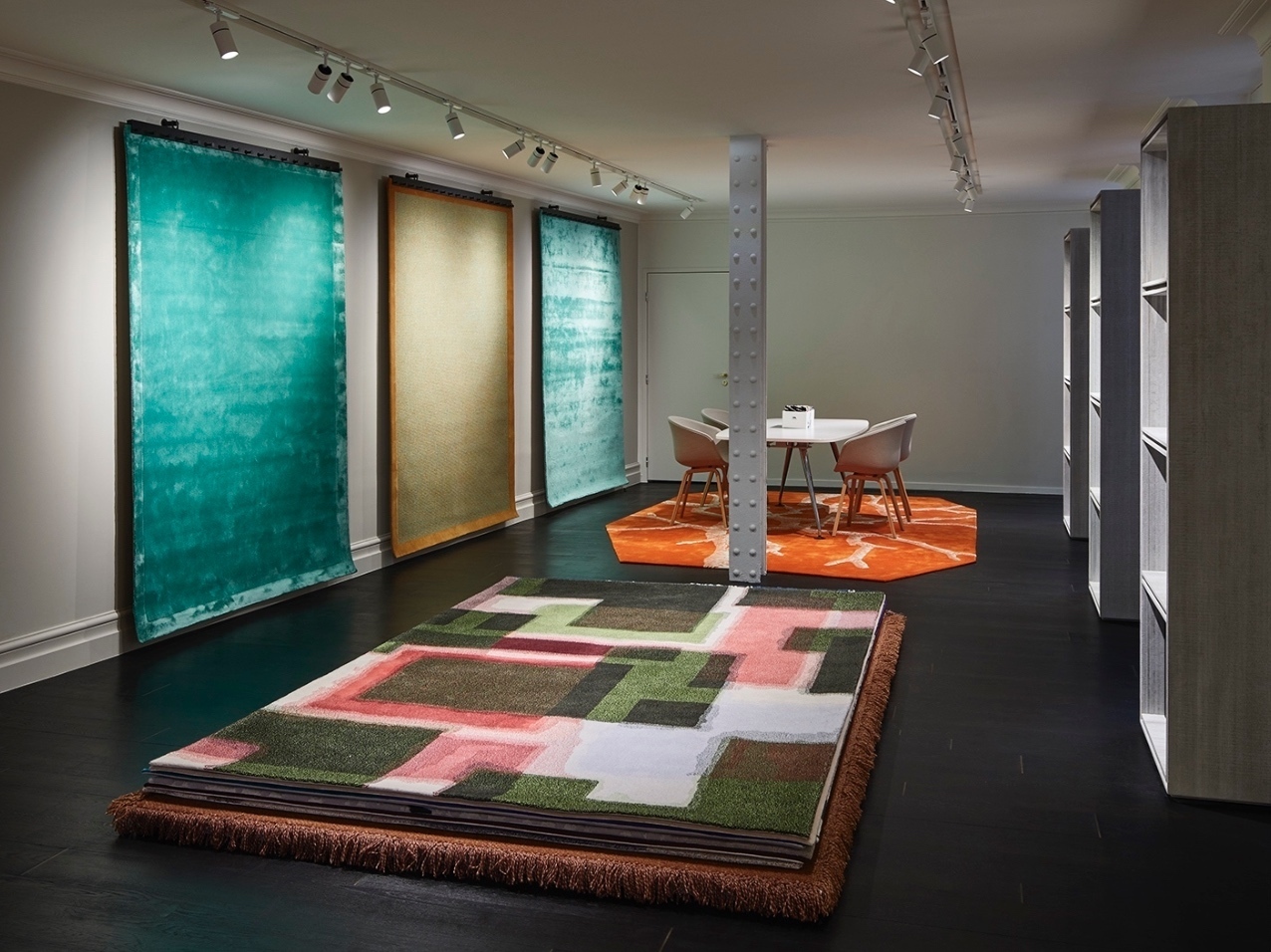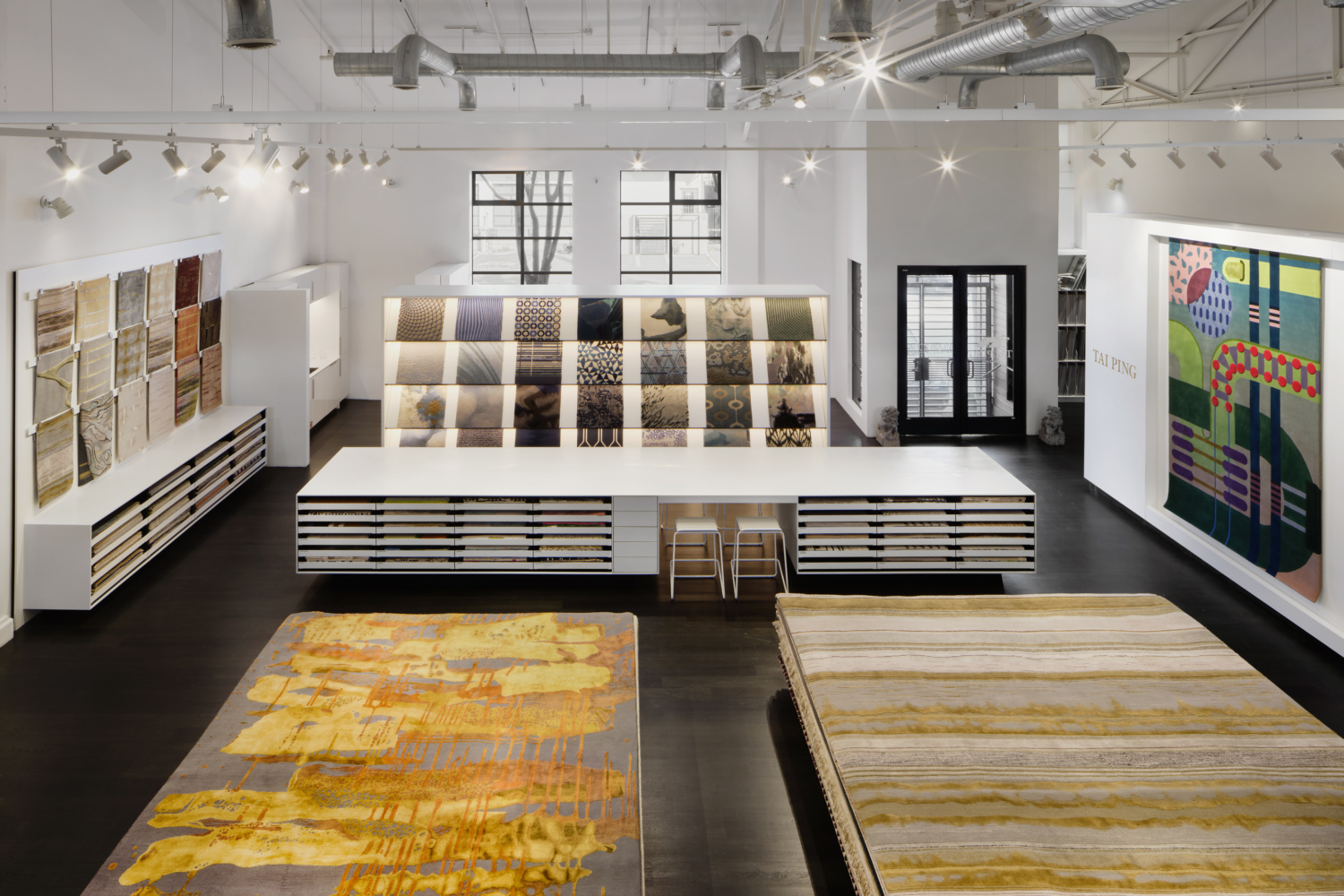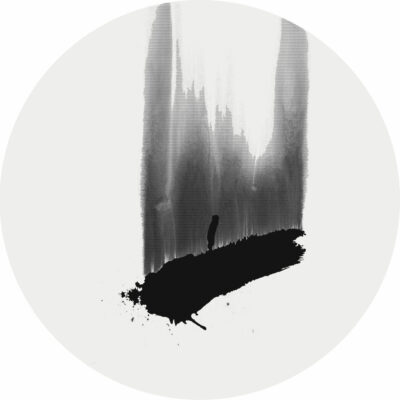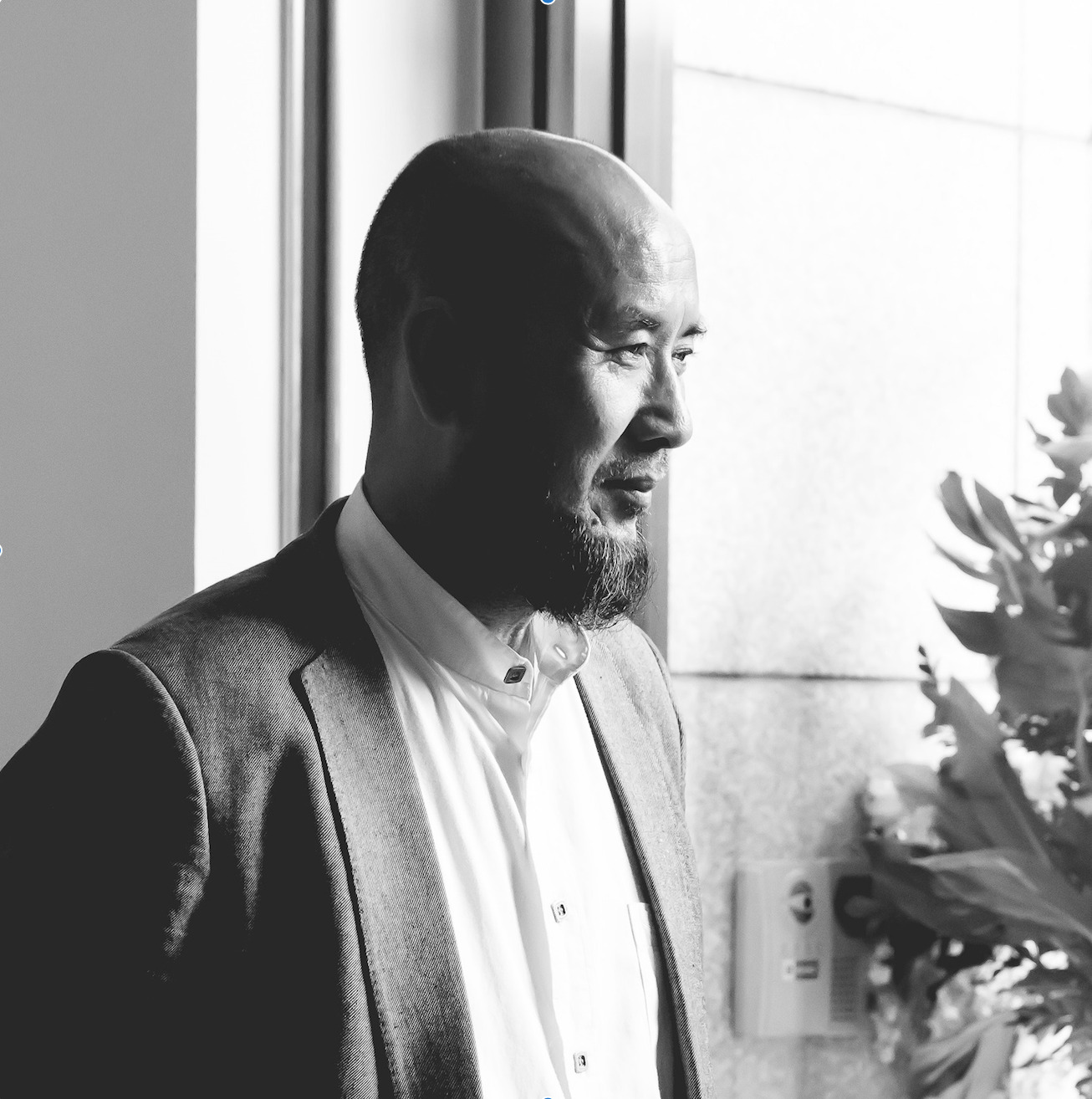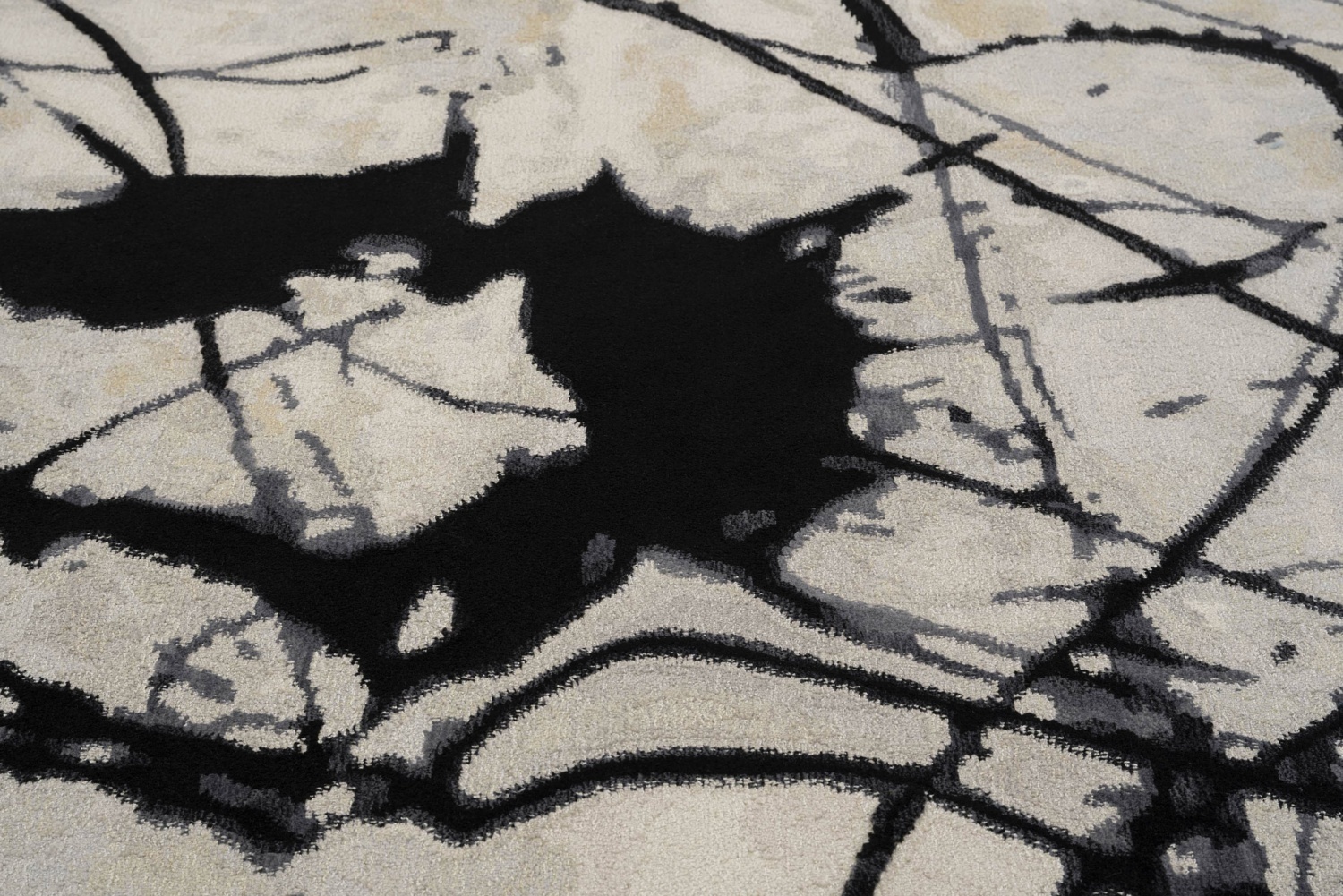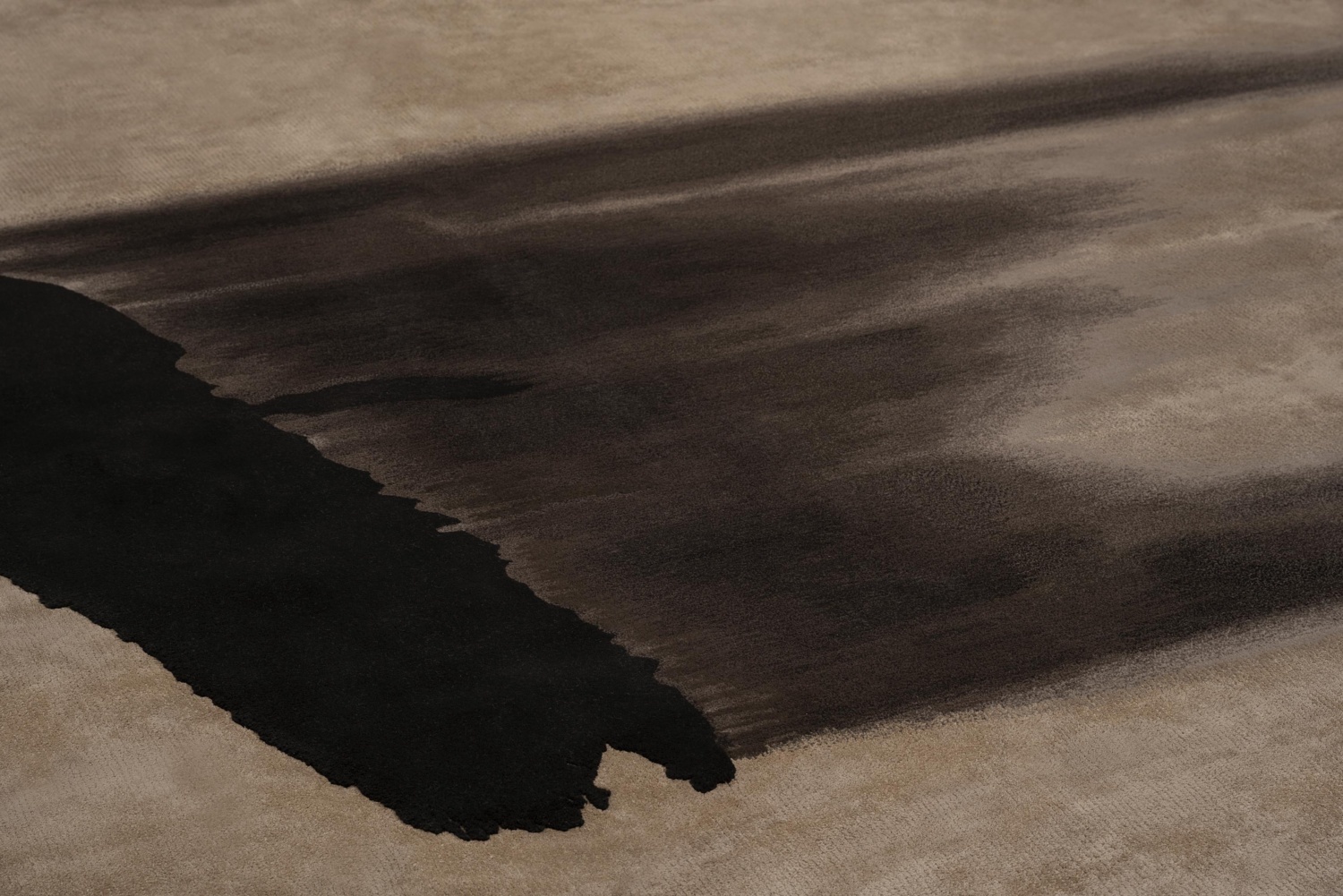Requires a Professional Account
Tianshan depicts the "White Mountain", enchanted peaks named by the Xiongnu tribe, often mentioned martial arts novels. Accentuated by bold ink washes, the rug creates a surreal landscape with a subtle gradation in wool and delicate silk.
Qin Feng
Born in 1961 in Xinjiang Province, Qin Feng is a leading international ink artist and one of the foremost representatives of China's avant-garde movement. He studied mural painting at the Shandong University of Art and Design in the early 1980s and was one of only two people in Shandong Province who radically experimented with imported styles of contemporary art during that period. Because of his involvement in the Chinese avant-garde movement, the German government invited Qin to curate an exhibit promoting cultural exchange between China and Germany. In 1996, Qin moved to Berlin where he began to synthesize Western modernism and the Chinese ink-painting tradition and subsequently became the first Asian artist to show at the Raab Gallery.
A master of coalescence, Qin Feng seamlessly blends together the centuries-old art of Chinese ink painting and the modern concepts of the Abstract Expressionists in arresting series of meditative images. Bold brushstrokes, ethereal trails and plays on positive and negative space take his images beyond their aesthetic beauty to represent delicate balances, such as that of nature and man. Embodied with motion and representations of time, his pieces poetically combine Western gestures and Chinese Calligraphy - a concept of cultural contrast that is further emphasized by the use of tea and coffee as materials, and his choice of colour. His artworks are both culturally resplendent, as well as modern marvels of contemporary art.
